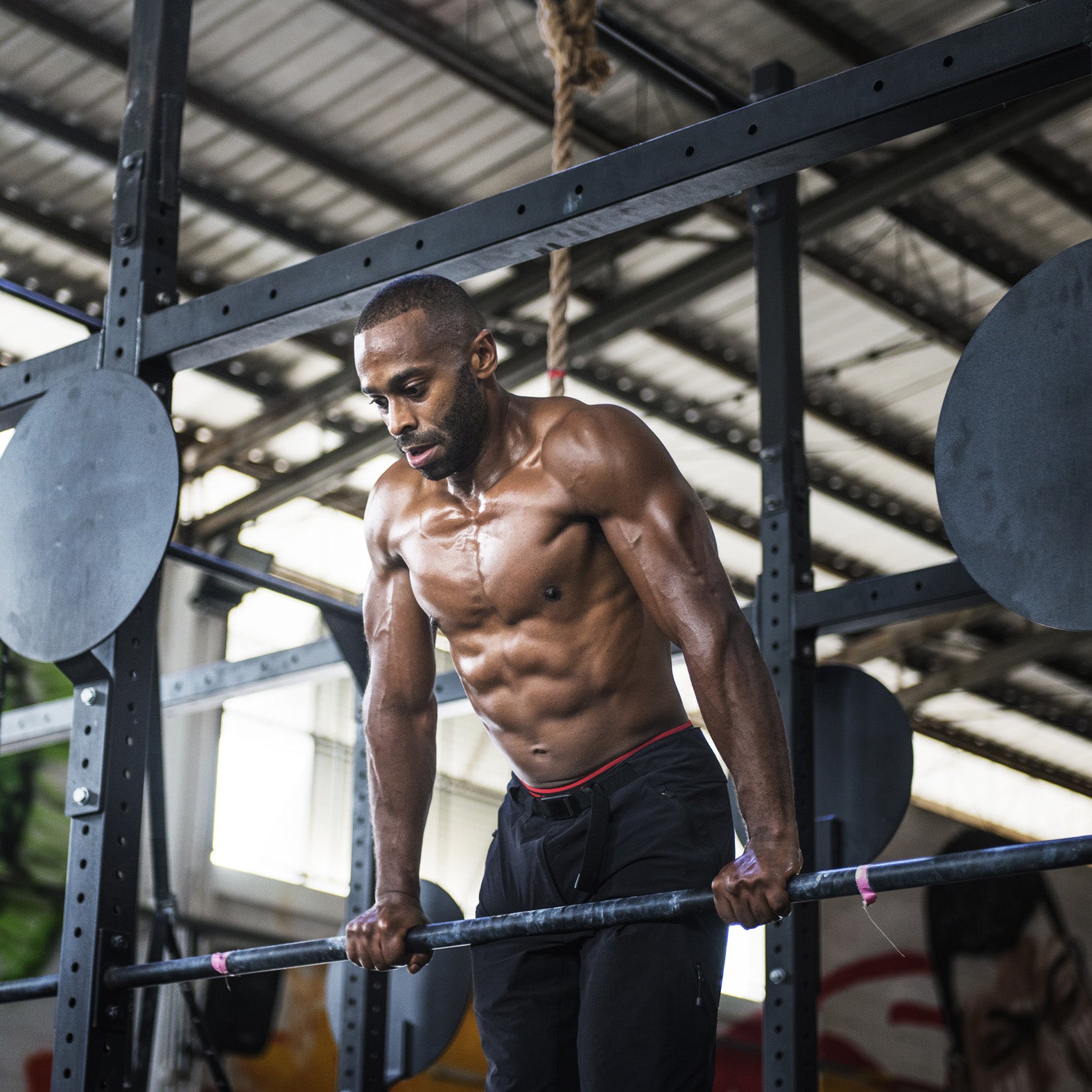Muscle-ups are a real challenge to master. It takes sound technique and strength across multiple muscle groups which takes time to build.
The good news is that getting to your first rep is an achievable target if you follow some key principles in a training programme along the way.
Here, Built for Athletes has highlighted some important focus points when planning to tackle your first muscle-up
Develop Your Pull-Up
You’re going to need to be extremely strong at pull-ups because to develop the base for your muscle-ups. Most athletes should be getting to a place where they can do three to four sets of six pull-ups, or 10 back to back. Explosive pull-ups, where you hand and try to touch your chest to the bar as quickly as possible, can be a useful tool to improve
Straight Bar Dips
Specific training should be a pillar of your plan, and straight bar dips work muscles from the shoulders, triceps and chest that will be used in a muscle-up. Starting with the bar just below your chest, lift yourself until your arms are locked and shoulders over the bar. Dip your shoulders, bend your elbows and lower your chest to the bar before pushing back up.
Jumping Muscle-Ups
Jumping push ups help you work on the form for the top part of your muscle-up after you’ve started to develop a foundation with a strong pull-up. Stand on a box beneath a pull-up bar and jump, pulling yourself to the top of the bar and locking out your arms over it. To progress, you can decrease the size of the box.
Negative Muscle-Ups
A negative muscle-up is a regular muscle up in reverse. It’s again used to strengthen specific muscles used in the move. Starting from the top of the jumping muscle-up position, lower yourself back down through the move slowly, taking particular care as your go through the pull-up transition.


Share:
5 Things That Happen When You Give Up Alcohol
The Study That Shows Elite Athletes Are More Likely To Develop Eating Disorders